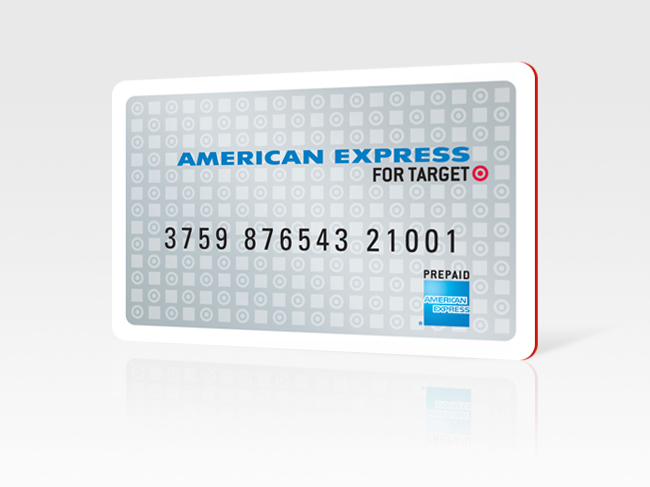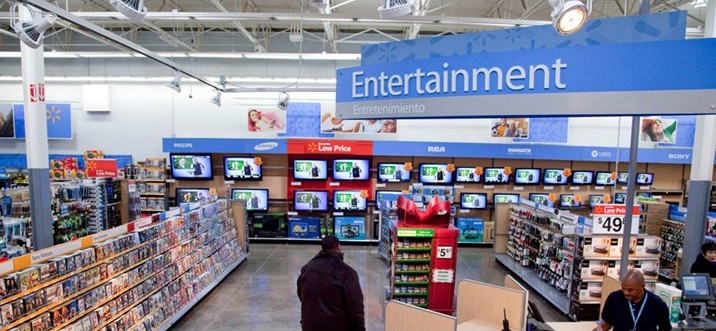Over the weekend I was in Minneapolis at the first Milenomics meet-up. I saw a few long-time friends, shared war stories with travel hacking veterans, and traded a few insider tips. I was also asked quite a few questions about travel hacking and the blog, but the most common was some variation of “Why do you blog if you’re not trying to monetize it?” That happens to be the most common question that I get from readers lately too. The answer really has two sides:
First: Networks are Everything
Having a partner in crime with whom you can share candid data-points will magnify your earnings and prevent certain failures; you’re each probably looking at different things, you likely have a different set of credit cards, you definitely have a different set of biases in how you look at the world, and you can divide and conquer when you’re probing something new. As a pair you typically amplify each other’s strengths and cover-over many weaknesses.
Obviously if you have a few close, trusted friends the above effects will be even greater still. Have I found deals that no one else had ever mentioned or hinted at? Absolutely. Have I learned about great deals from others that I’d probably have never even thought to look at? Also, absolutely. In this game, trusted colleagues simply make each other better.
So let’s circle back to the blog. I started it to grow my network, which frankly has worked really well and also been a bunch of fun.
Second: I Don’t Hate Money, But I Value Trust More
Do I hate money? Of course not. I don’t put affiliate links or ads here though because I want to make sure that you can trust me; even more so if we start working together on something going forward. I want to make sure that there’s absolutely no question about ulterior motives. If I’m writing about a credit card, you can be sure it’s not because it pays me a commission, but rather because I think it’s genuinely valuable and that it may be worth your attention.
Where does that leave us? Well, I have someone ask me how they can support me or the blog in some way almost weekly. I very much appreciate the thought, and earlier this year I set up a Patreon for the site so people could do so (it’s the little present icon in the upper right of the toolbar). I don’t advertise it because it’s not the primary goal and I don’t want you to feel like you’re not going to get my honest opinion unless you send money my way. You’ll get it either way. If you want to give me money though, who am I to say no?
Bonus: Genuine Connections Mean Free Drinks
Just this weekend I had more than a dozen people offer to buy me a drink because they wanted to say thanks and have a nice discussion about travel hacking and the world in general. Thanks to each and every one of you! You don’t have to buy my a drink, I’ll be glad to talk anyway. Of course, a free beer never hurts anything.
PS: I hear you “Blah, blah, blah, where’s the normal newsletter poindexter?” Don’t worry, we’ll be back to our regularly scheduled content tomorrow and this blog isn’t going anywhere any-time soon, sorry haters (I’ve honestly never heard from a hater but I’m sure you exist, somewhere).







